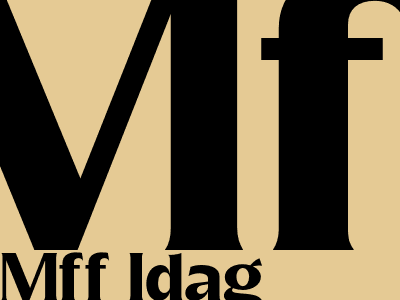The Implementation of AI Content Detection Tools and Its Impact on the Writing Community
The Rise of AI Content Detection Tools
In recent times, there has been a significant surge in the utilization of Artificial Intelligence (AI)-powered content detection tools. These tools are designed to identify and assess content created with the assistance of AI, fostering concerns within the writing community about the potential consequences for their profession.
AI content detection tools employ advanced algorithms to analyze linguistic patterns, sentence structure, and word usage, enabling them to differentiate between human-generated and AI-generated content. The underlying objective is to maintain the integrity and credibility of online information by combating the dissemination of misleading or deceptive content.
Implications for the Writing Community
1. Potential Job Displacement
One of the primary concerns raised by writers is the possibility that AI content detection tools could lead to significant job displacement within the writing industry. As AI-generated content becomes more sophisticated and indistinguishable from human-written content, the demand for human writers may decline.
AI-generated content can be produced quickly and cost-effectively, potentially making it a more attractive option for businesses and organizations seeking content creation services. This could result in reduced opportunities for human writers, particularly those specializing in tasks such as article writing, blog post creation, and website content development.
2. Challenges in Content Creation
The implementation of AI content detection tools also poses challenges for writers in terms of content creation. The pressure to produce original and engaging content that evades detection by AI tools can become a significant burden, stifling creativity and innovation.
Writers may feel compelled to adopt overly complex sentence structures, employ obscure vocabulary, and resort to excessive rewriting to avoid being flagged by AI detection tools. This can hinder the natural flow and readability of their writing, compromising the quality of their work.
3. Ethical Concerns
The use of AI content detection tools also raises ethical concerns, particularly regarding the potential for censorship and suppression of legitimate voices. These tools may inadvertently flag content that expresses dissenting or marginalized perspectives, leading to the silencing of important narratives and viewpoints.
Furthermore, the algorithms underlying AI content detection tools are not always transparent, making it challenging to understand the criteria used to evaluate content. This lack of transparency can undermine trust in the objectivity and fairness of these tools.
Strategies for Writers in the Age of AI
In the face of these challenges, it is essential for writers to adapt and develop strategies to remain relevant and competitive in the age of AI content detection tools. Here are a few key recommendations:
1. Embrace Collaboration
Collaborating with AI can be a valuable strategy for writers. Instead of viewing AI as a threat, writers can leverage its capabilities to enhance their writing process. AI tools can assist with tasks such as grammar checking, style editing, and plagiarism detection, freeing up writers to focus on more creative aspects of content creation.
2. Develop Niche Expertise
Specializing in a particular niche or industry can help writers differentiate their work from AI-generated content. By developing deep knowledge and expertise in a specific field, writers can create content that is both informative and valuable to readers, making it less likely to be flagged by AI detection tools.
3. Focus on Human-Centric Writing
AI content detection tools are designed to identify patterns and algorithms, but they lack the emotional intelligence and cultural context that human writers possess. By focusing on writing that is authentic, emotionally engaging, and culturally relevant, writers can create content that resonates with readers and evades detection by AI tools.
4. Stay Informed about AI Developments
Keeping abreast of the latest advancements in AI content detection is crucial for writers. By understanding the capabilities and limitations of these tools, writers can adjust their writing strategies accordingly and stay ahead of the curve.
Conclusion
The advent of AI content detection tools has undoubtedly ushered in a new era for the writing community. While these tools have the potential to improve the quality and credibility of online information, they also pose challenges and raise ethical concerns for writers. By embracing collaboration, developing niche expertise, focusing on human-centric writing, and staying informed about AI developments, writers can navigate this changing landscape and continue to produce valuable content that resonates with readers.

Comments